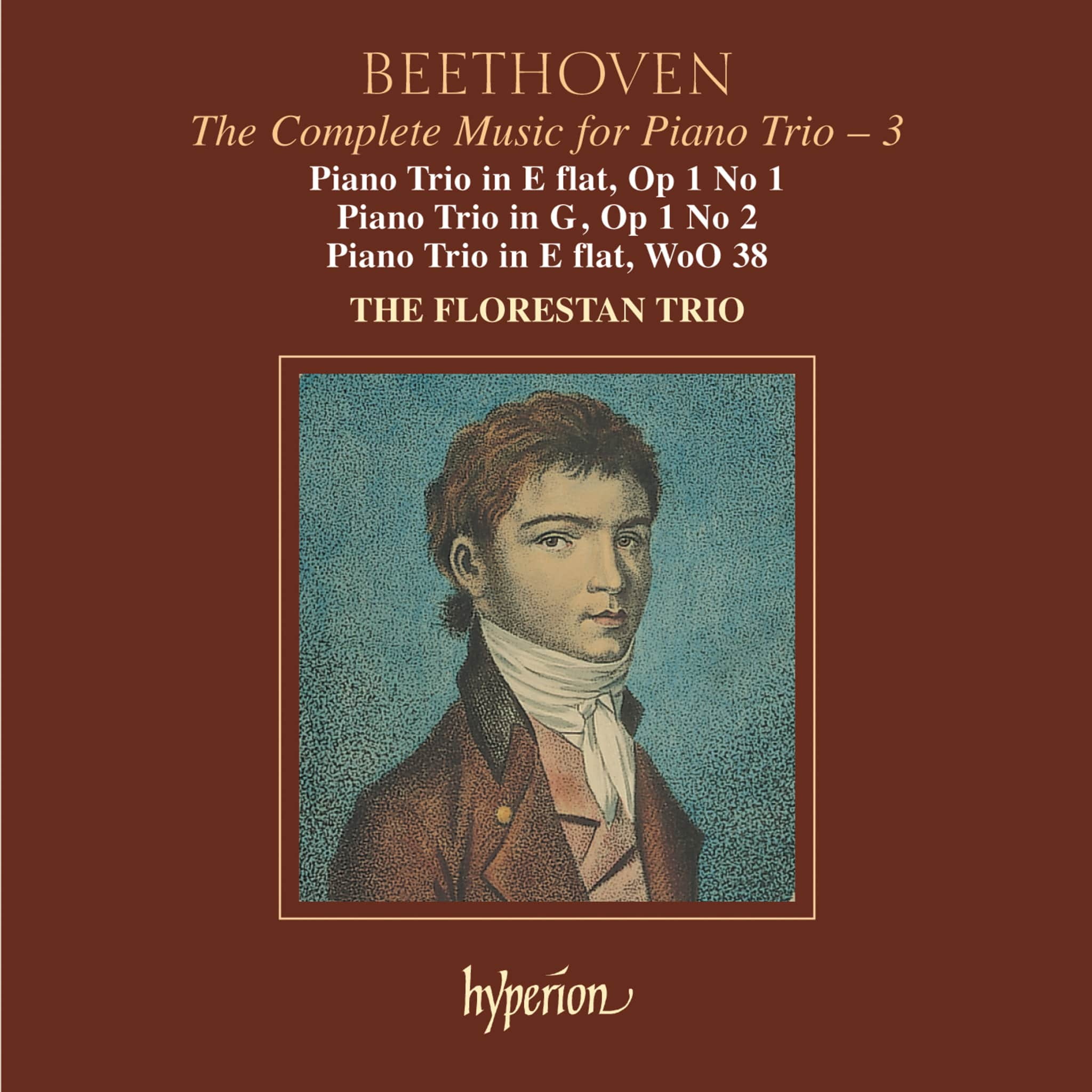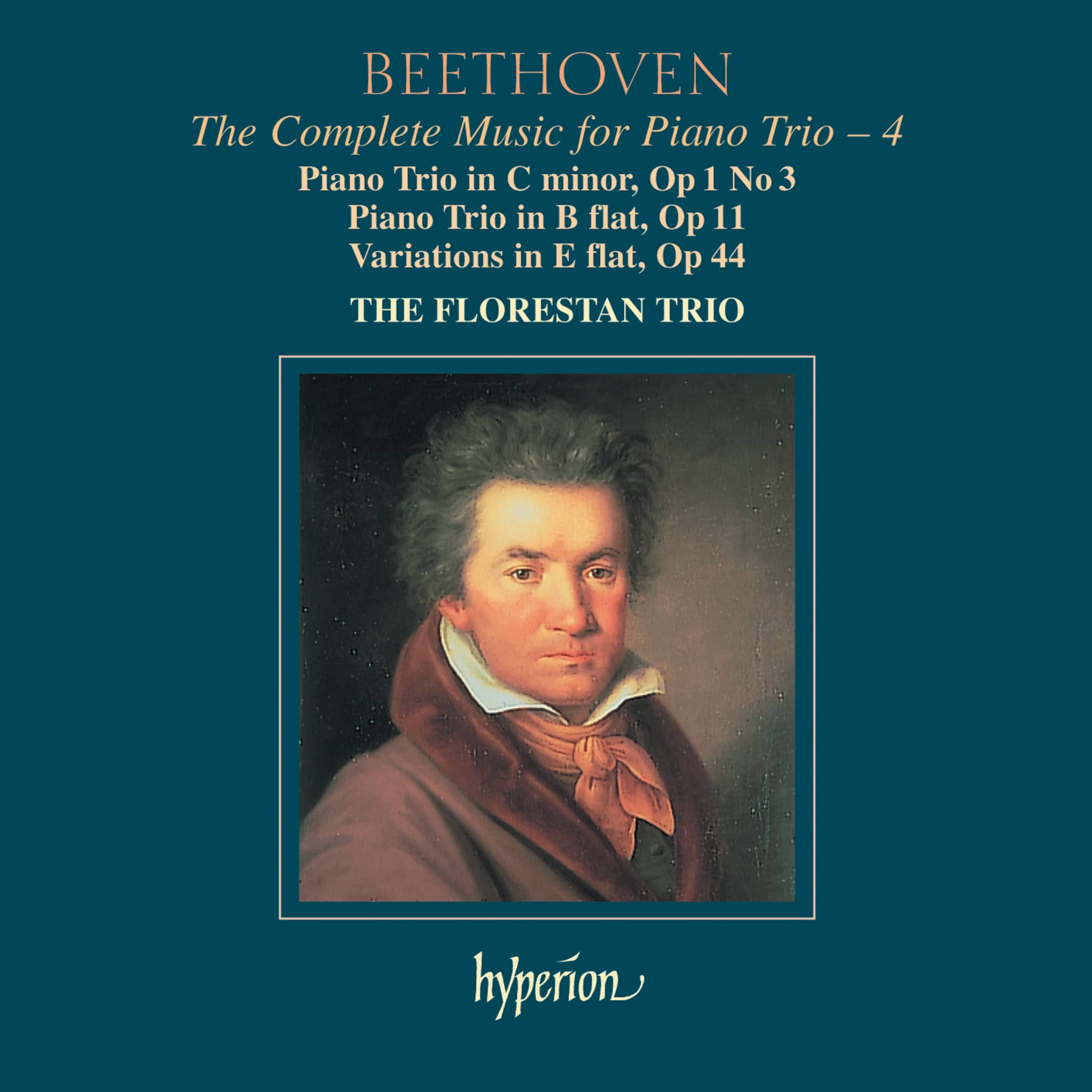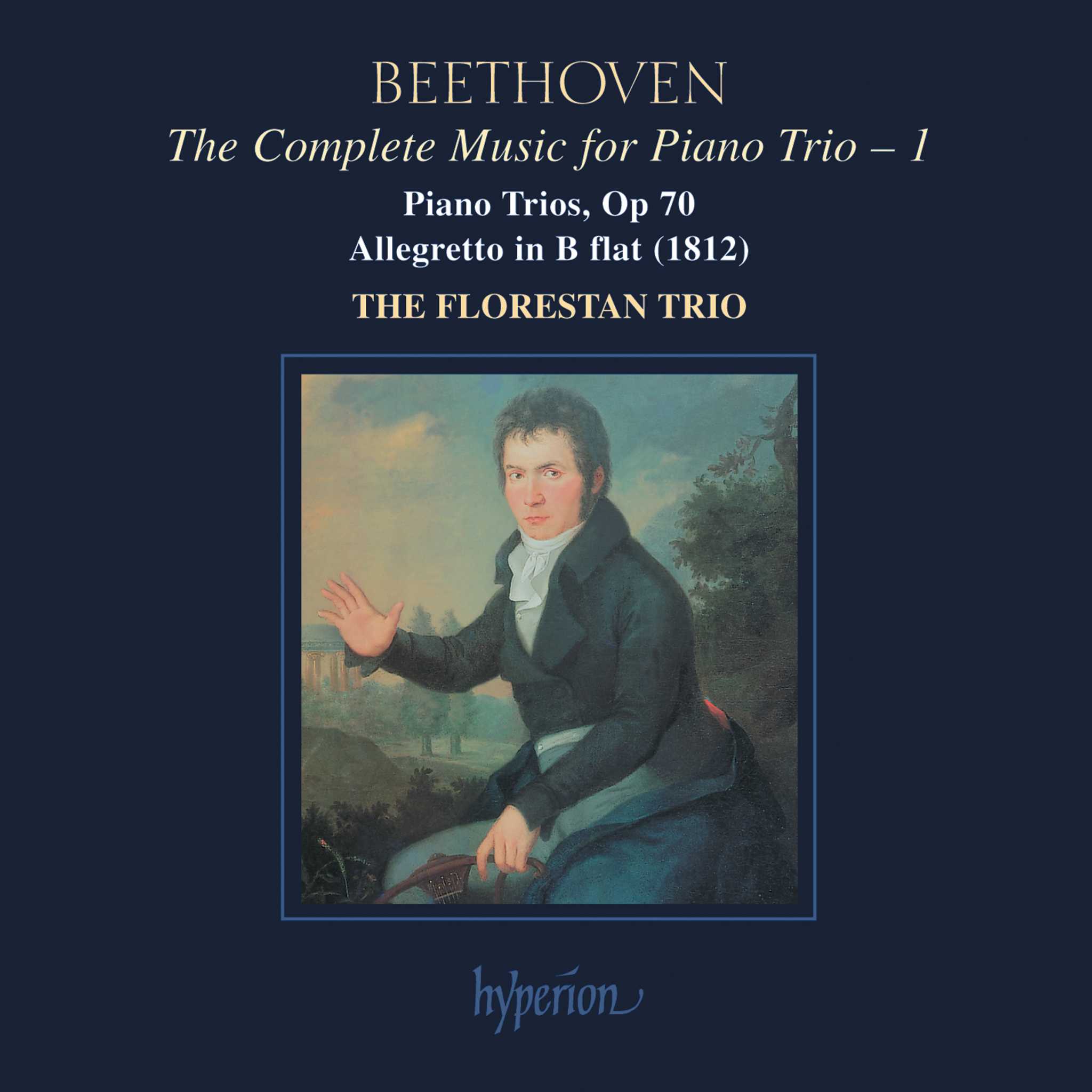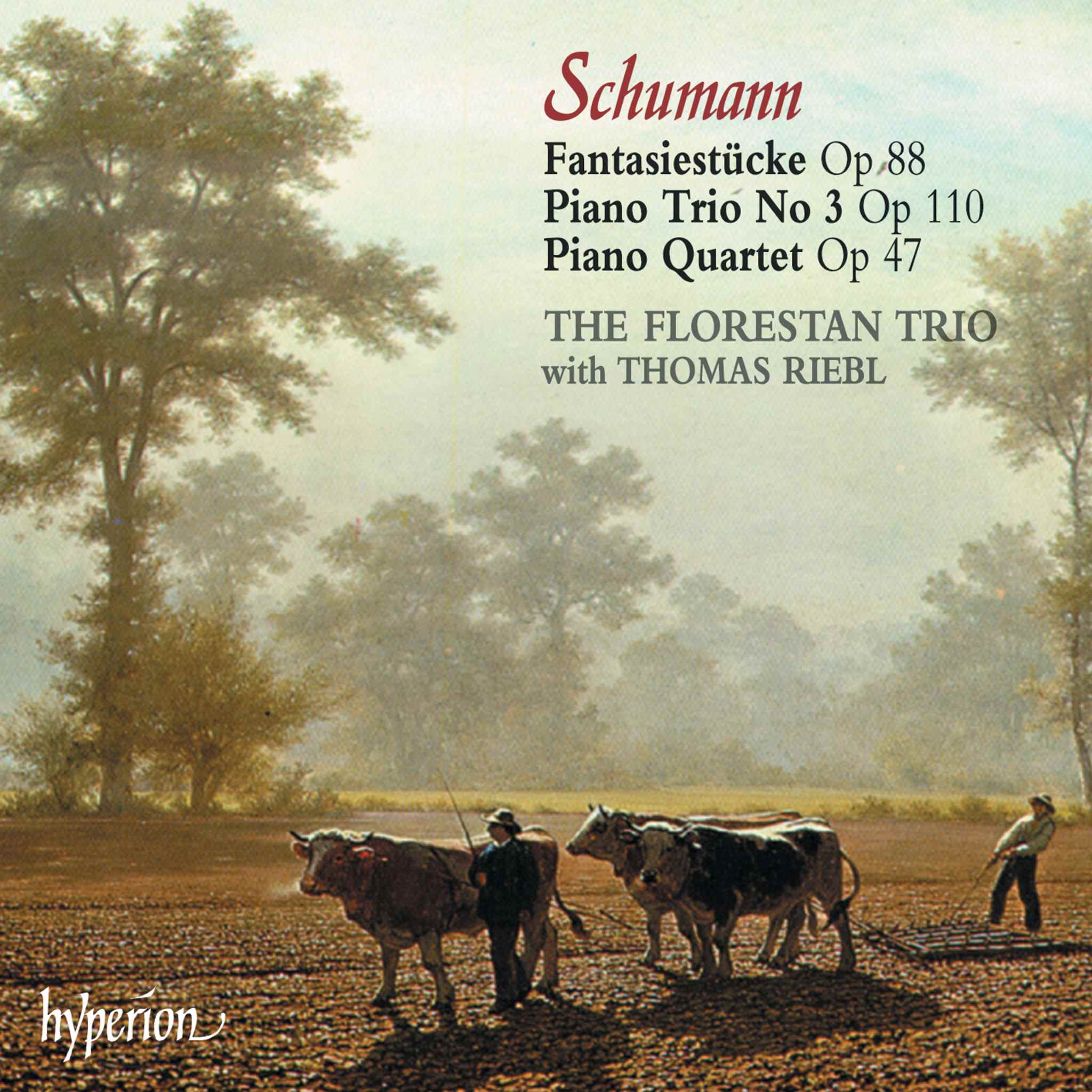Album insights
Despite being born twenty-five years apart, Francis Poulenc and Reynaldo Hahn shared many similarities. Both were typical Parisians and frequented fashionable salons. They adored the theater and composed numerous works such as ballets, operas, and operettas. Alongside their artistic talents, they both had what was euphemistically referred to in a more gallant age as "homophile inclinations."
Poulenc's preferences leaned towards robust policemen, while Hahn’s interests expanded to include Marcel Proust, the eminent French writer of the early 20th century. Poulenc excelled in composing mélodies, exhibiting his prowess in this domain. Poulenc delved into symphonic music sparingly, with pieces like his Sinfonietta and the Aubade, which could serve both as a piano concerto with eighteen instruments and a ballet performance.
The Aubade, commissioned by the Vicomte and the Vicomtesse de Noailles, was a lavish affair during a masquerade ball in 1929. The tale revolved around Diana, the chaste and sweet huntress from classical mythology, cursed to eternal maidenhood. The piece echoed a sense of melancholy behind its sophisticated façade, reflecting unfulfilled desires. On the other hand, Poulenc's Sinfonietta, devoid of such narratives, embraced a carefree and spirited essence.
Similarly, Reynaldo Hahn's Le Bal de Béatrice d’Este lacked a programmatic narrative. Composed in 1905, this piece was a reflection of Hahn’s penchant for unconventional instrument combinations, paying homage to Saint-Saëns. The composition captured an evening at an Italian aristocrat's Palazzo with its nostalgic and antiquated dance movements. Hahn's rich connections with the French and English elite, including his unique musical talent, painted him as a prominent figure in high society.
Reynaldo Hahn's elegant soirées and musical achievements alongside Proust emphasized his significance in cultural circles. Both composers, Poulenc and Hahn, exhibited multifaceted talents, showcasing different aspects of their personalities through their compositions and interactions with society.






